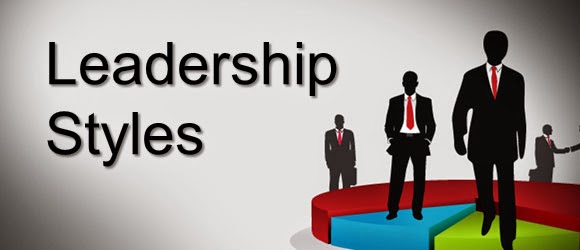Team Building: Forming => Storming => Norming => Performing => Adjourning
Leadership Style: Directing => Coaching => Facilitating => Supporting
|-----------------------------------------------------------------------> Time
Initiating Project Life Cycle Closing
Team Building Stages
- Forming: Creating the team
- Storming: Team chaos as people start working with one another
- Norming: Team behavior starts to normalize
- Performing: Team performs as a unit
- Adjourning: Team completes work and disbands
Situational Leadership Styles
- Directing: Provide specific, clear instructions and closely supervise
- Coaching: Solicit input, offer rationale and examples
- Facilitating: Maintain team progress; delegate day-to-day control
- Supporting: Support and motivate the team to complete objectives



